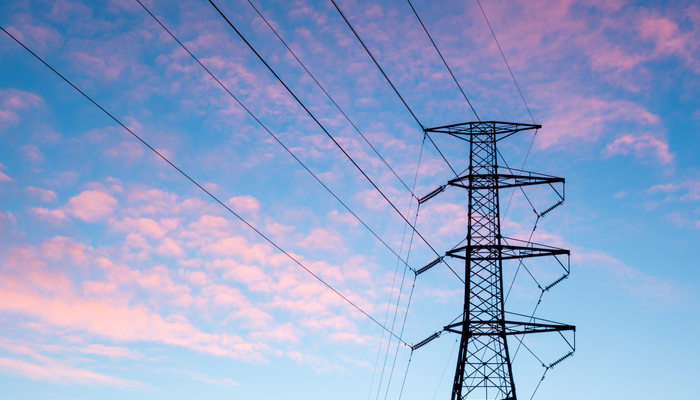Geomagnetic Storm Hits Earth, Northern Lights Appear in Some Areas
The storm was classified as a level-four geomagnetic storm on a scale of five.

On Monday, the Earth experienced an intense solar storm that may bring the northern lights, typically seen in high-latitude regions, to areas much further south, according to an announcement by the U.S. National Oceanic and Atmospheric Administration (NOAA).
The storm was classified as a level-four geomagnetic storm on a scale of five, indicating a severe event. This classification was made by NOAA’s specialized center at around 1500 GMT. The storm was expected to last for several hours, though it wasn’t anticipated to become more intense.
NOAA explained that a severe geomagnetic storm like this one has the potential to make the aurora borealis, or northern lights, visible in areas as far south as Alabama and northern California in the United States. Normally, these spectacular light displays are only visible in regions closer to the Arctic.
The solar storm was caused by coronal mass ejections (CMEs), which are powerful bursts of solar particles that are ejected from the sun. When these particles reach Earth, they interact with the planet’s magnetic field, causing disturbances that result in geomagnetic storms.
Eric Lagadec, an astrophysicist at the Cote d’Azur Observatory in France, commented on the event, noting that there were many auroras being observed. He suggested that if the storm continued until nightfall, there could be a chance for people in lower latitudes to see the northern lights.
NASA astronaut Matthew Dominick, currently aboard the International Space Station, shared a stunning photograph of the aurora borealis on social media, showcasing the beauty of this phenomenon as seen from space.
However, while solar storms like this can produce breathtaking light displays, they can also have negative effects. Geomagnetic storms can interfere with high-frequency communication systems, disrupt the functioning of satellites, and even cause overloads in power grids. To mitigate these risks, NOAA has alerted operators of sensitive infrastructure to take necessary precautions.
This particular storm is part of a trend of increasing solar activity, as the sun is currently approaching the peak of its 11-year solar cycle. Just a few months ago, in May, Earth experienced one of the most powerful geomagnetic storms recorded in the last 20 years. That event caused the auroras to be visible in the night skies over the United States, Europe, and Australia, reaching much lower latitudes than usual.
As solar activity continues to rise, events like these are likely to become more frequent, bringing both awe-inspiring natural displays and challenges for technology and infrastructure on Earth.
Read More: Government Considers Shutting IPPs to Cut Power Tariff
Follow us on Instagram, YouTube, Facebook, Whats App, and TikTok for latest updates.
















